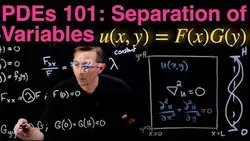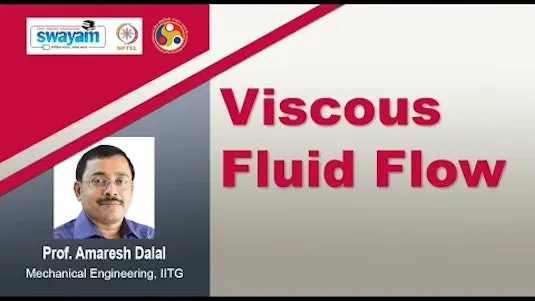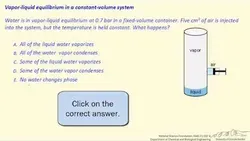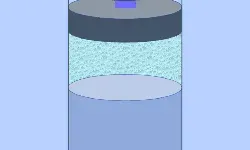
PDE 101: Separation of Variables! or how I learned to stop worrying and solve Laplaces equation

This course introduces the concept of separation of variables as a method for solving Laplace's equation in two dimensions. It covers linear superposition, reducing the partial differential equation to a system of ordinary differential equations, and the solution of the PDE. Students will gain an understanding of how to use this method to solve Laplace's equation.▼
Course Feature
![]() Cost:
Cost:
Free
![]() Provider:
Provider:
Youtube
![]() Certificate:
Certificate:
Paid Certification
![]() Language:
Language:
English
![]() Start Date:
Start Date:
On-Demand
Course Overview
❗The content presented here is sourced directly from Youtube platform. For comprehensive course details, including enrollment information, simply click on the 'Go to class' link on our website.
Updated in [February 21st, 2023]
This course provides an introduction to the separation of variables technique for solving partial differential equations (PDEs). It covers the basics of Laplace's equation in two dimensions, linear superposition, and the reduction of the PDE to a system of ordinary differential equations (ODEs). It also covers the solution of the PDE, the last boundary condition, and the Fourier transform.
Possible Development Paths include further study of PDEs, such as the wave equation, the heat equation, and the Navier-Stokes equations. Learners can also explore numerical methods for solving PDEs, such as finite difference methods, finite element methods, and spectral methods. Additionally, learners can explore applications of PDEs in fields such as physics, engineering, and economics.
Learning Suggestions for learners include reviewing the basics of calculus, linear algebra, and differential equations. Learners should also review the basics of Fourier series and Fourier transforms. Additionally, learners should review the basics of numerical methods, such as finite difference methods, finite element methods, and spectral methods. Finally, learners should explore applications of PDEs in various fields.
Course Provider






